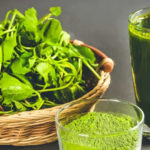Vegetables are an essential part of every family’s daily meals. They contain a large amount of fiber, vitamins, essential minerals, and antioxidants that are good for the body.
Through various cooking methods, some nutrients may be lost, and the body may not absorb maximum nutrition. Therefore, it is important to choose the appropriate cooking method. One of the best ways to cook vegetables is boiling and steaming.
To ensure that the nutrients in vegetables are not lost too much, the boiling technique is crucial. Many people believe that boiling vegetables with an open lid allows the vegetables to retain their vibrant green color and prevent chemicals from evaporating.
However, there is also an opinion that covering the pot while boiling vegetables is the best way to keep them delicious and preserve their nutrients.
Should vegetables be boiled with the lid on or off?
There are many different opinions about whether to cover or uncover the pot while boiling vegetables. According to some studies, it is best to cover the pot when boiling vegetables. Opening the lid helps the vegetables to stay green and visually appealing, but it takes longer for them to cook and can result in nutrient loss.
On the contrary, covering the pot retains more nutrients. However, the acids and chlorophyll in the vegetables can react with the temperature, causing them to lose their green color and turn yellow.
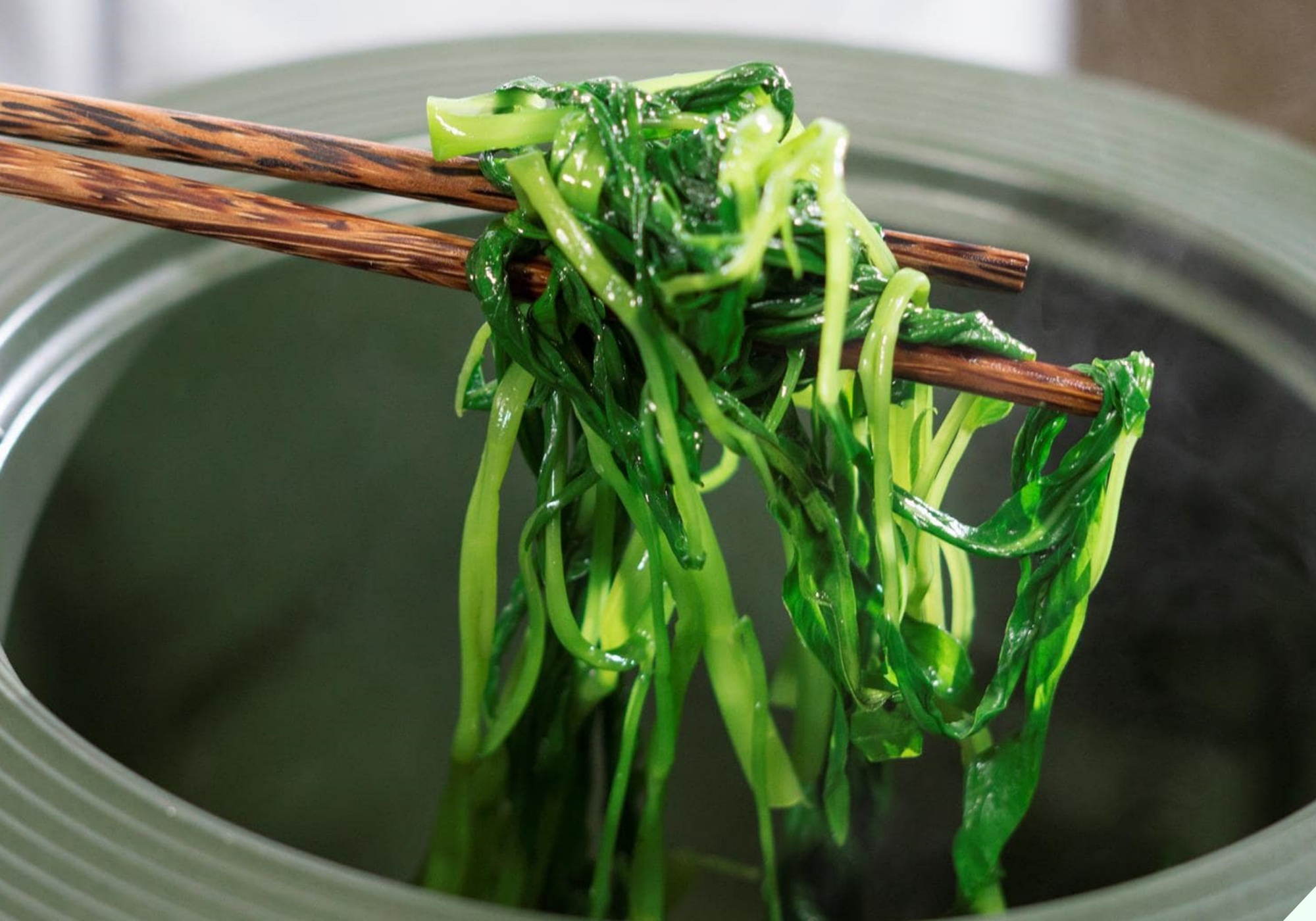
But don’t worry, to keep the color of vegetables beautiful when covering the pot, simply add a few pinches of salt to the boiling water. Note that you should add salt from the beginning, wait for the water to boil before adding the vegetables. Salt helps keep the vegetables green and enhances their flavor.
In addition, do not overcook the vegetables. Check if the vegetables are cooked and immediately remove them from the pot when they are tender. Overcooked vegetables will lose their nutrients, especially if they are left overnight.
How long should vegetables be boiled?
The cooking time for each type of vegetable is different. Generally, it takes about 3 to 20 minutes to boil vegetables. The specific cooking times are as follows:
– Leafy vegetables such as cabbage, kale, cauliflowers, and duckweed should be boiled for about 3 to 5 minutes.
– Harder vegetables such as broccoli, leeks, Dutch beans, and sweet corn should be boiled for about 8 to 10 minutes until tender.
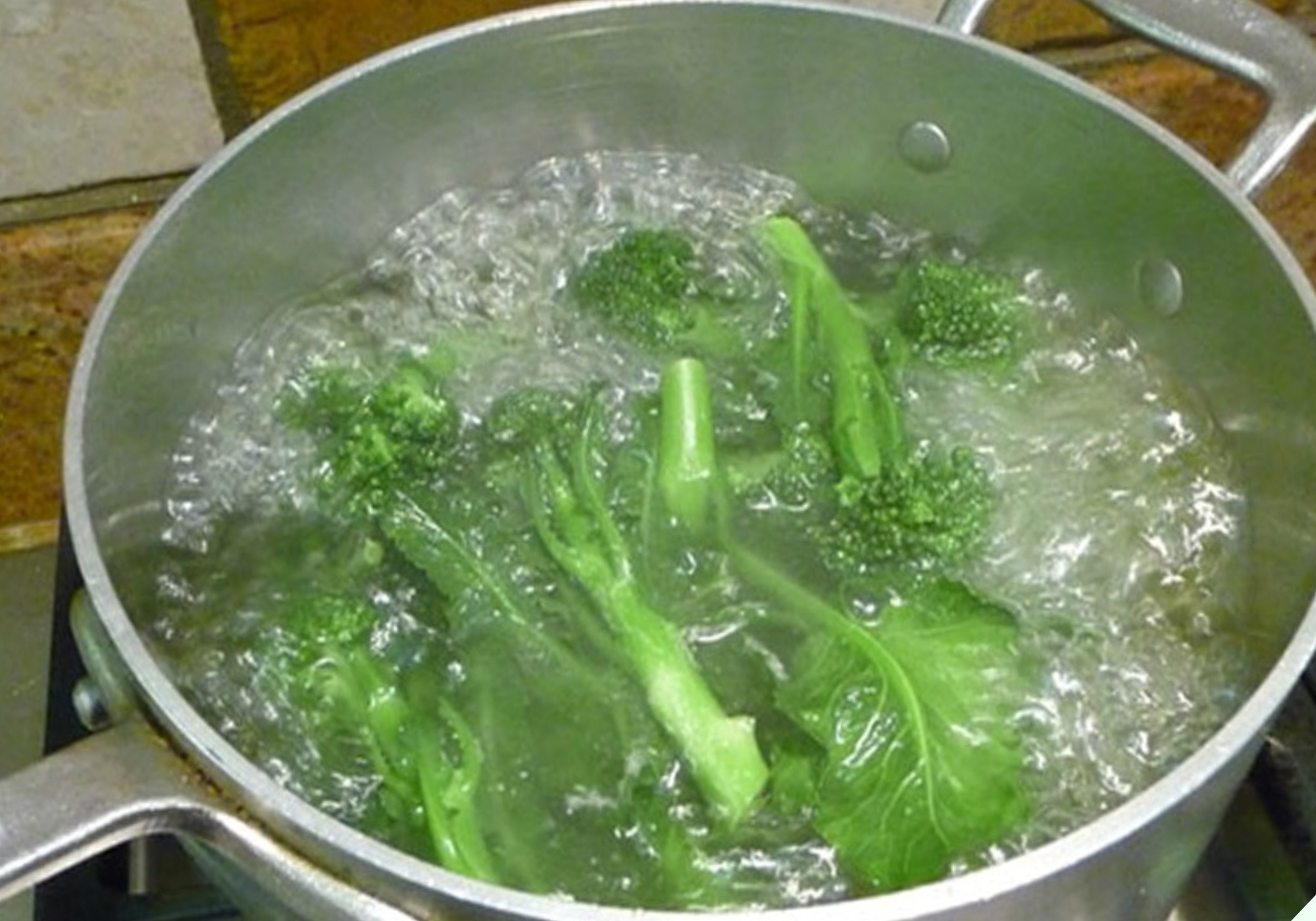
– Harder root vegetables such as beetroot, radish, and carrots should be boiled for about 12 to 15 minutes.
– Starchy root vegetables like potatoes and sweet potatoes require a longer boiling time, about 18 to 20 minutes.
Some tips for boiling vegetables
When boiling vegetables, you need to ensure three factors: enough water, sufficient heat, and enough time for the vegetables to cook and retain nutrients.
For larger and harder vegetables, it is recommended to cut them into small pieces, as this will make them cook faster and retain more nutrients.
While washing the vegetables, avoid scrubbing or vigorously rubbing them, as they may break and lose some nutrients.
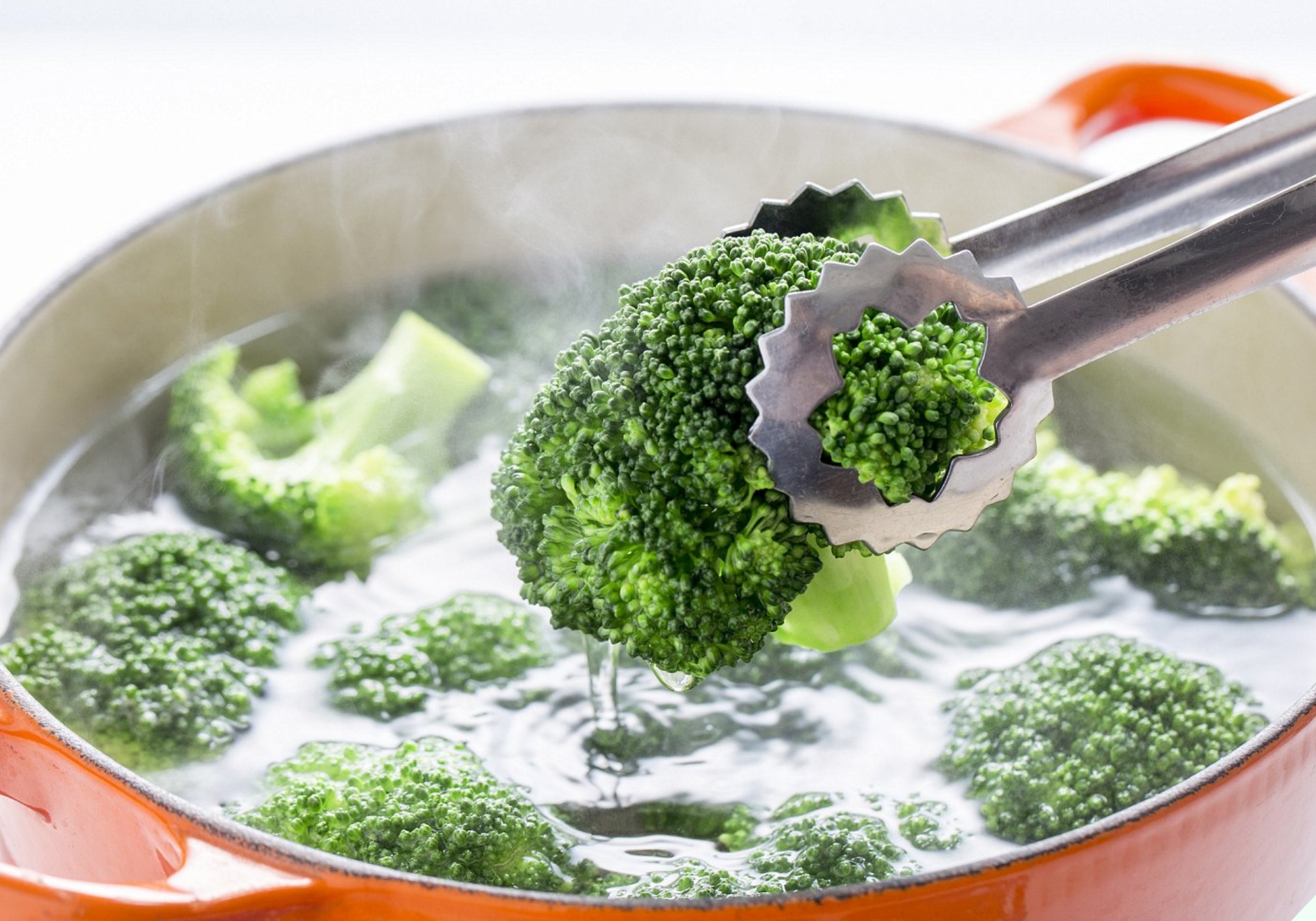
Wait for the water to boil before adding the vegetables. Never add vegetables to cold water because insufficient heat will not only affect the vibrant green color of the vegetables but also cause a loss of vitamin C and B1. Overcooked vegetables also lose their color.
It is best to eat the boiled vegetables immediately. Some studies have shown that vegetables lose about 25% of their vitamins after boiling for 1 hour and even more after 2 hours. Vegetables left overnight will almost lose their nutrients.
Guide to boiling nutritious and green vegetables
1. Bring a pot of water to a boil. Use enough water for the amount of vegetables you are preparing.
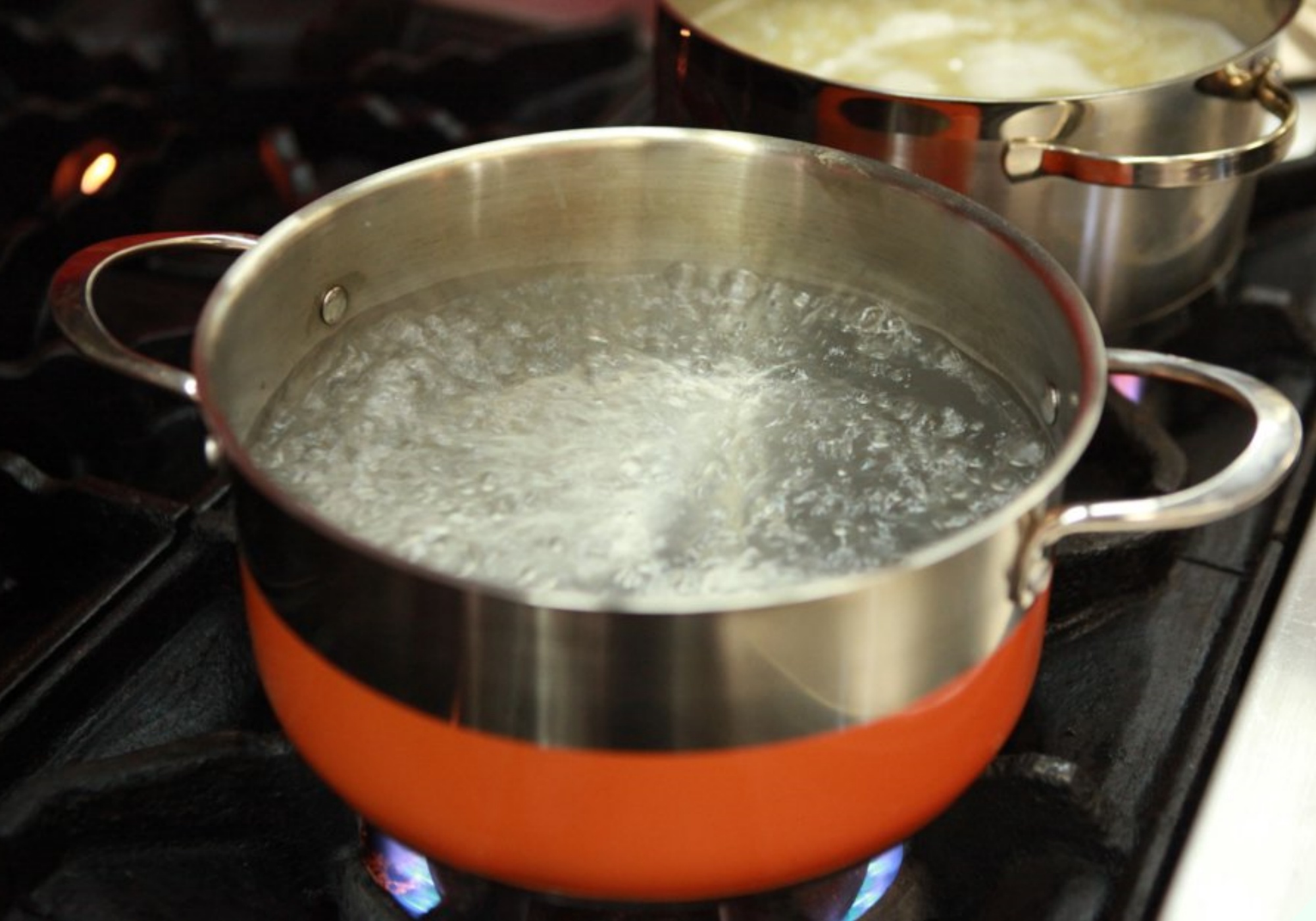
Try not to add too much water to prevent boiling water from overflowing. On the other hand, too little water may not be enough for cooking. Adding water during the process will cause the temperature to drop quickly, affecting the cooking time and making the vegetables lose their vibrant green color.
2. Add salt to the boiling water. Stir to dissolve the salt. Don’t worry, the boiled vegetables will not taste salty and will still be green and beautiful.
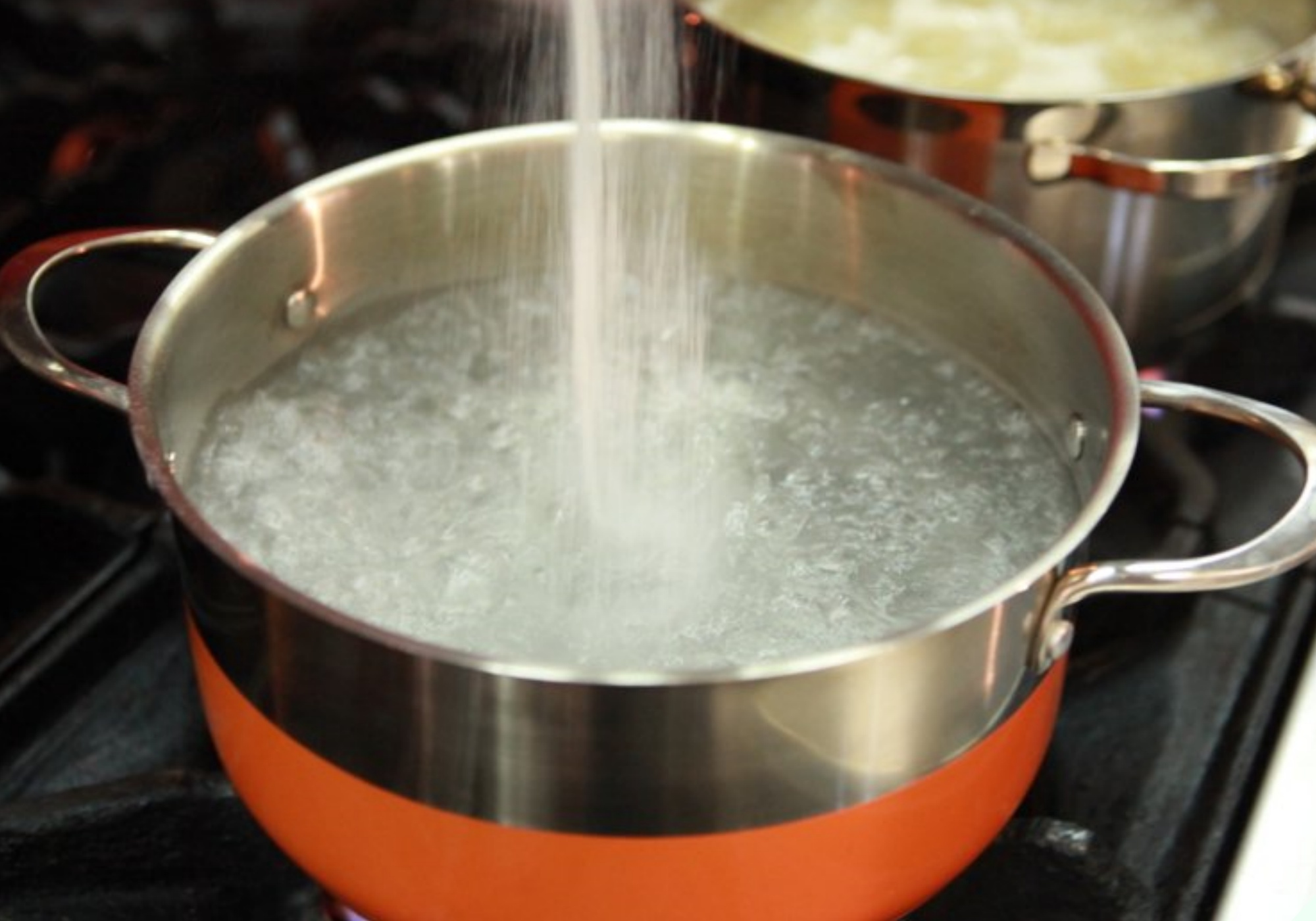
3. When the water is boiling, add the vegetables. Boil until the vegetables are tender. Broccoli, for example, usually takes about 8 to 10 minutes to cook.
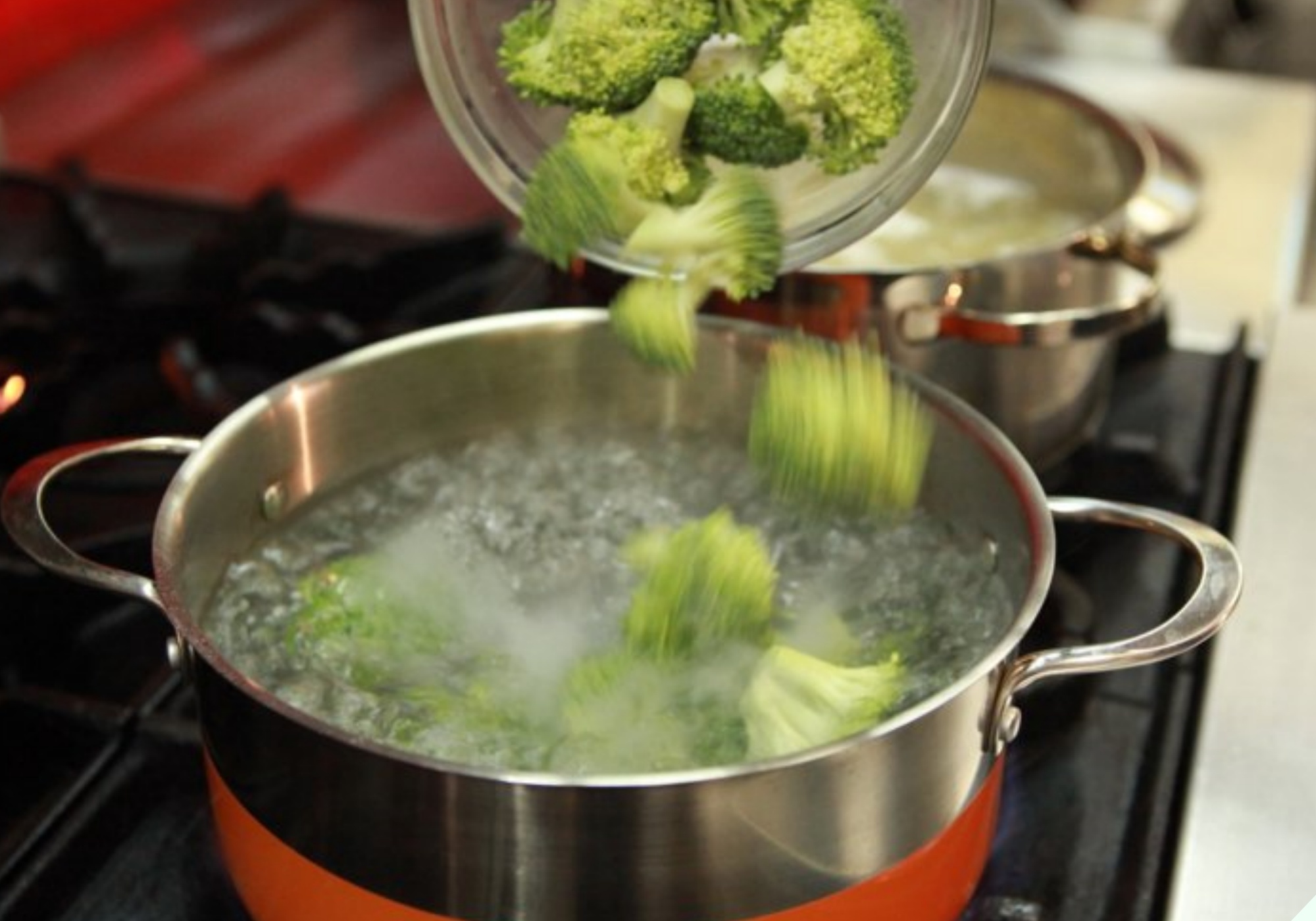
4. Remove the cooked vegetables from the pot and enjoy.
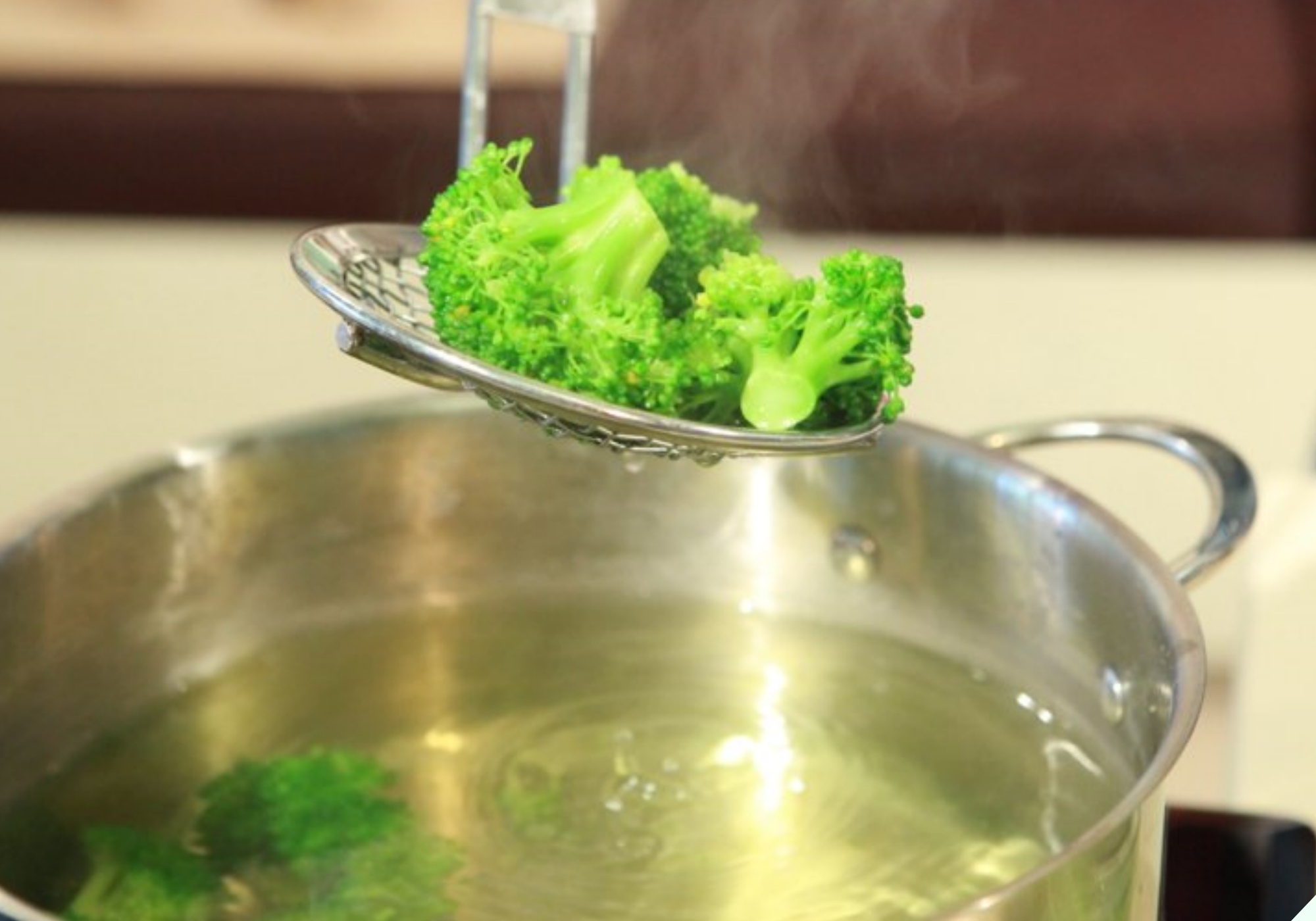
If you’re not eating the vegetables right away, you can transfer them to a bowl of cold water and then remove them. This will help cool the vegetables quickly and keep them looking green.
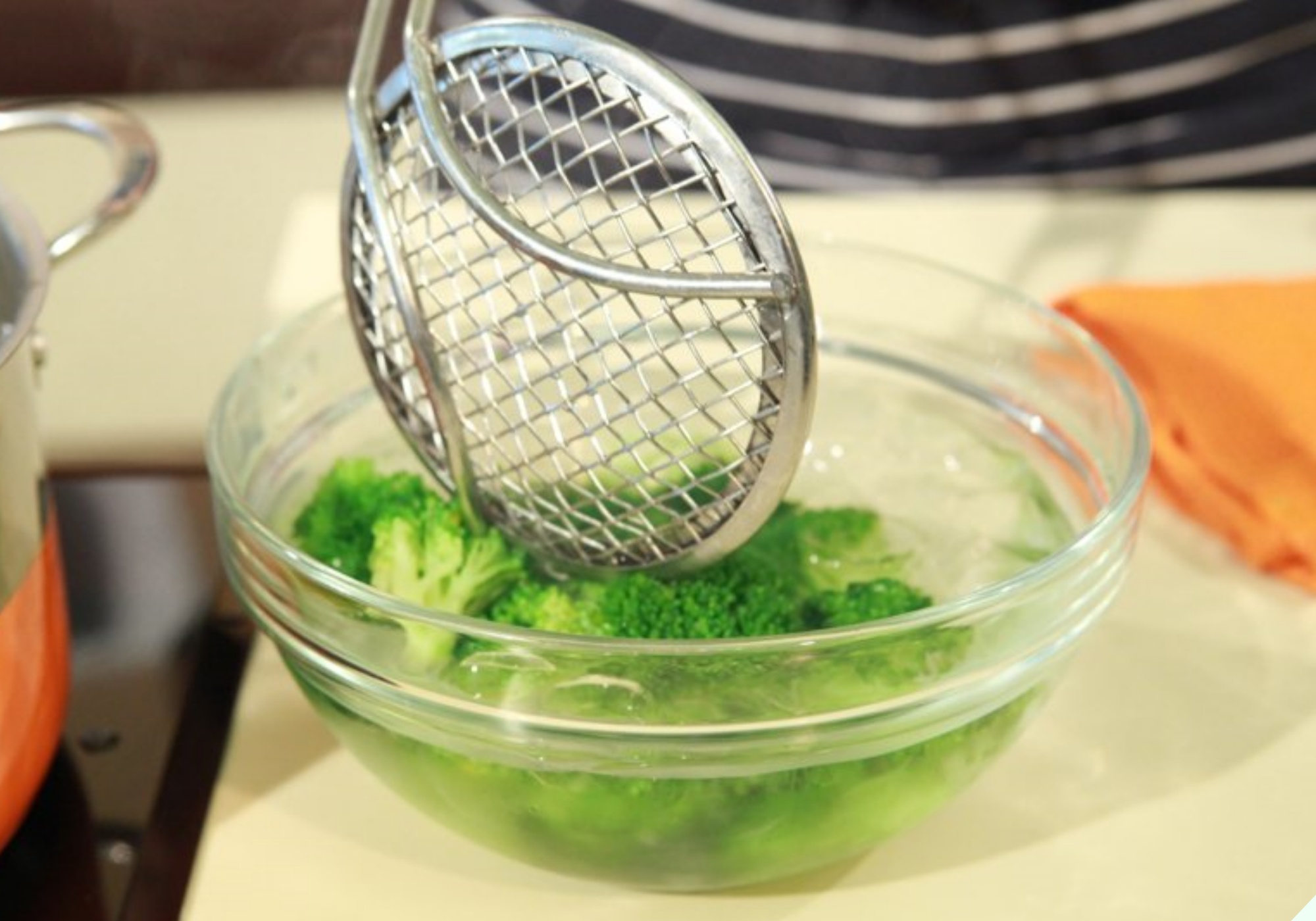
Source: Dân Việt




























